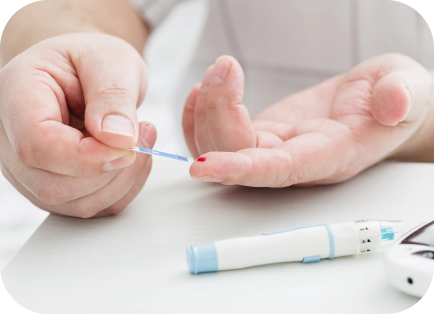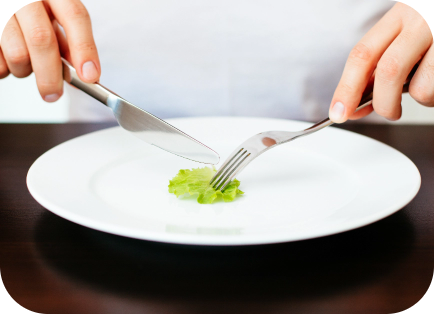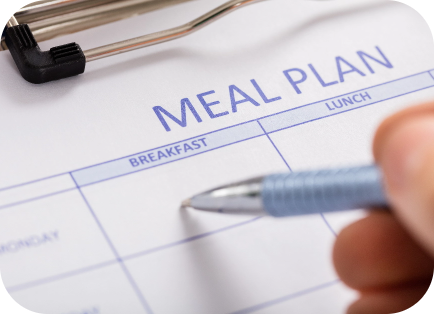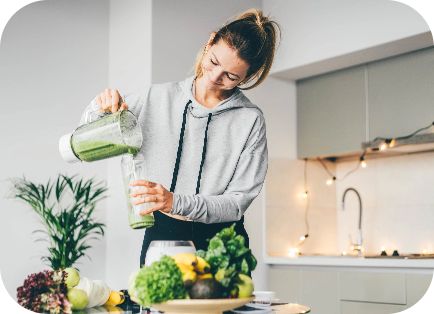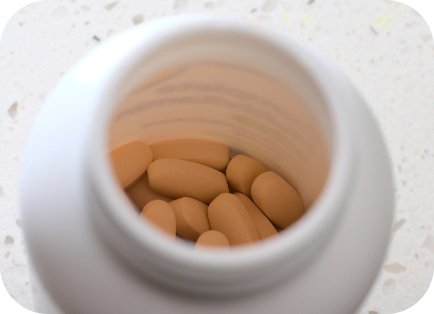
Caffeine is a natural stimulant that is mostly found in tea, coffee and cacao plants. It acts as a central nervous system (CNS) stimulator which raises our blood pressure, increases our alertness and through this, provides a feeling of “fake” energy which help us feel more equipped to deal with our day.
Indeed, having a moderate amount of coffee can be beneficial in terms of improved memory, decreased fatigue and improved mental functioning. However, excessive caffeine intake can cause insomnia, anxiety, stomach irritation, nausea, increased heart rate and high blood pressure. This can greatly impact on our body health and emotional well-being.
So what are the recommended maximum levels of caffeine?
- General healthy adults (aged over 18): < 400mg/day (all sources)
- People aged under 18: No more than 3mg of caffeine per kilo in a single serving (Eg. For a 50 kg child, 3mg x 50kg = 150mg)
- Pregnant + breastfeeding: < 200 mg/day (all sources)
The most common sources of caffeine are from coffees, teas and soft drinks. Different brewing methods and the types of coffees can have great influences on their caffeine content. Therefore, if you are a coffee lover and usually stick to 2 or 3 cups of coffee every day, It would be great for you to get an idea of the caffeine content in your favourite coffee and think about switching between different coffee types in a day to avoid drinking too many cups of highly caffeinated coffee. This makes sure that we are enjoying our coffee but more importantly drinking within the safety range (< 400mg). Other caffeinated foods and beverages that we often forget to consider are different teas, energy drinks and chocolate, which are also main sources of caffeine. [/et_pb_text][et_pb_image src="https://biteshealth.com/wp-content/uploads/2023/09/Screen-Shot-2022-04-19-at-8.33.05-pm-740x740-1.png" _builder_version="4.20.2" _module_preset="default" title_text="Screen-Shot-2022-04-19-at-8.33.05-pm-740x740" hover_enabled="0" sticky_enabled="0" align="center"][/et_pb_image][et_pb_image src="https://biteshealth.com/wp-content/uploads/2023/09/Screen-Shot-2022-04-19-at-8.33.19-pm-1-740x739-1.png" _builder_version="4.20.2" _module_preset="default" title_text="Screen-Shot-2022-04-19-at-8.33.19-pm-1-740x739" hover_enabled="0" sticky_enabled="0" align="center"][/et_pb_image][et_pb_text ol_position="outside" ol_item_indent="15px" _builder_version="4.20.2" _module_preset="default" text_font="|300|||||||" ul_line_height="1.8em" ol_line_height="1.8em" custom_margin="||||false|false" text_font_size_tablet="16px" text_font_size_phone="16px" text_font_size_last_edited="on|tablet" text_orientation_tablet="center" text_orientation_phone="center" text_orientation_last_edited="on|tablet" global_colors_info="{}"]Always be mindful that these foods are the main sources of caffeine. It is important that we are enjoying them in a moderate amount and try not to have too many caffeinated foods or beverages in one day to make sure that we are enjoying them in a safe manner. Written by Harry Lee, Nutrition Student with edits from Chantelle Wardini APD, AEP[/et_pb_text][/et_pb_column][/et_pb_row][/et_pb_section]

